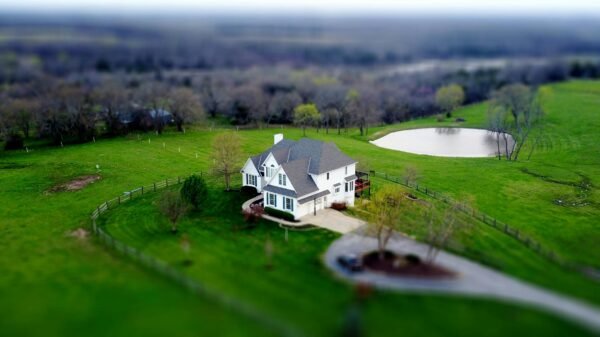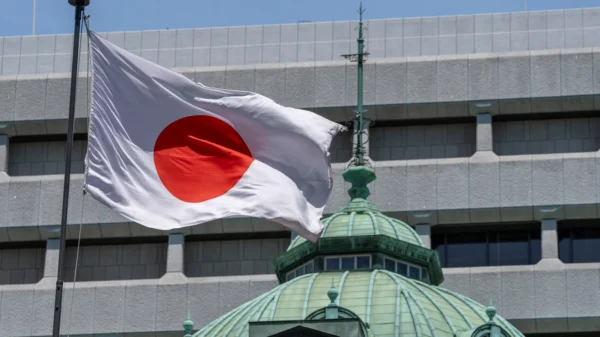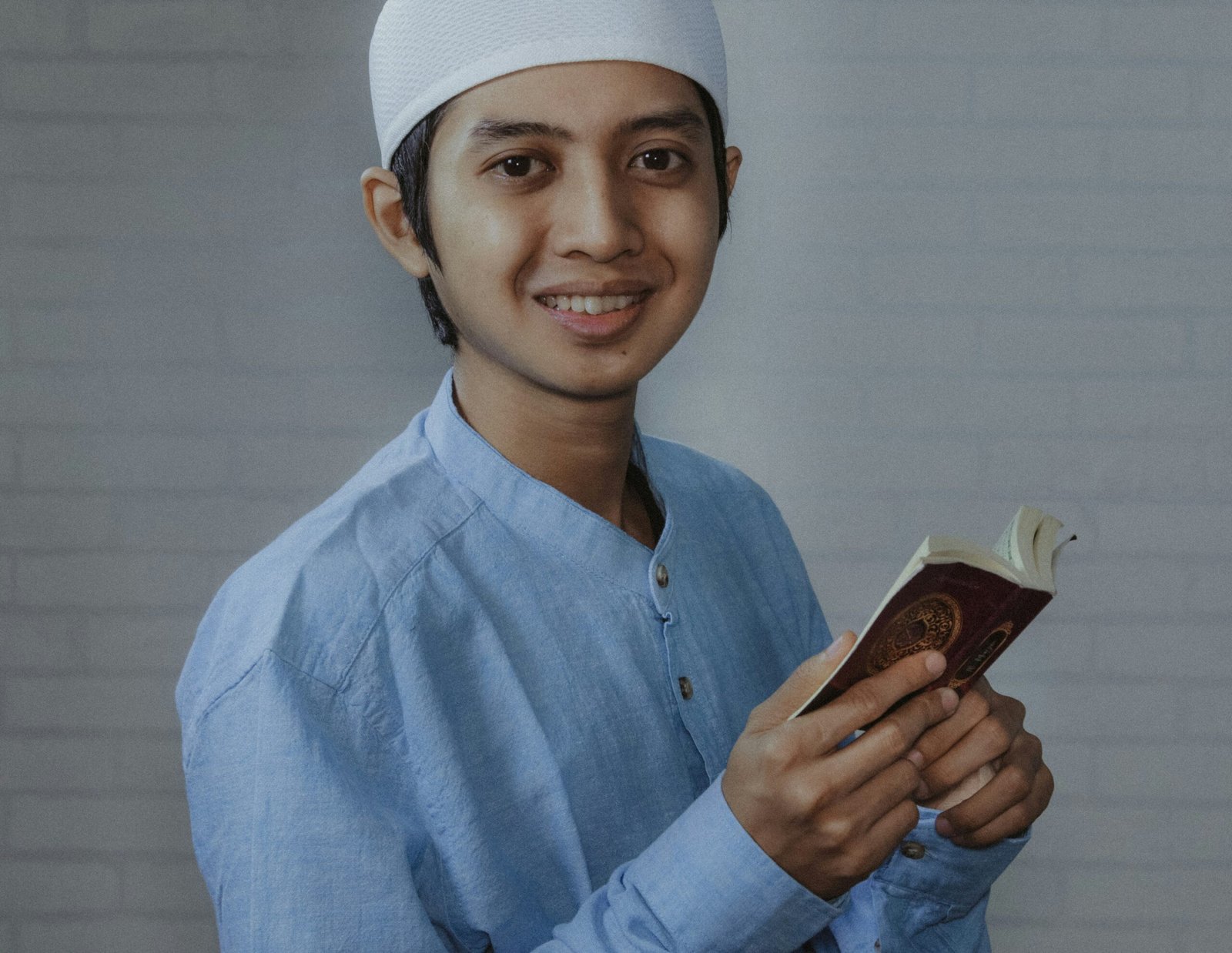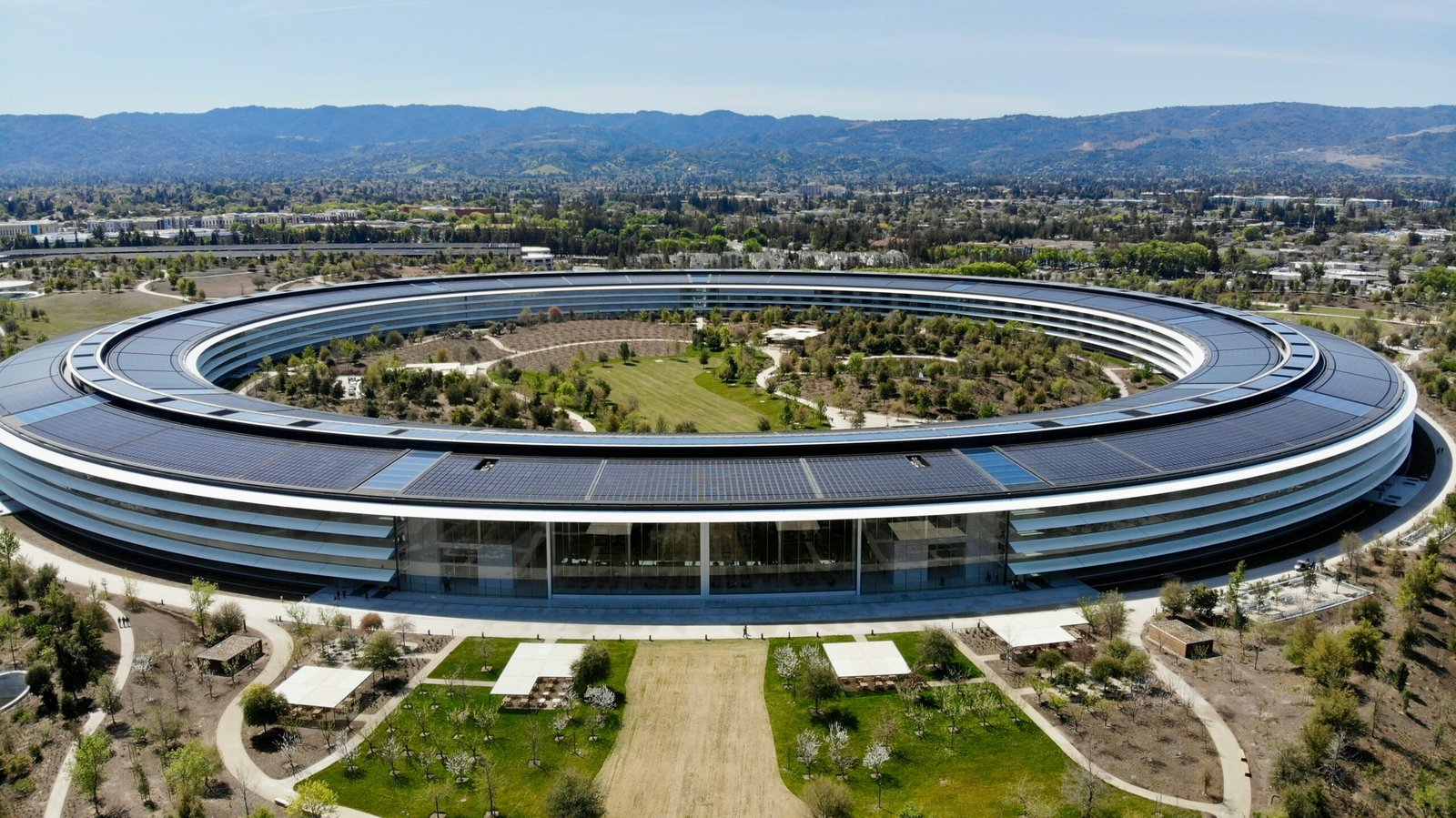California, often referred to as the Golden State, is not only known for its stunning landscapes and vibrant cities but also for its rich religious diversity. With a population of over 39 million people, California is home to individuals from various religious backgrounds, making it a true melting pot of faiths. In this blog post, we will explore the religious diversity in California and the impact it has on the state’s cultural fabric.
The Origins of Religious Diversity
The religious diversity in California can be traced back to its history of colonization and immigration. The state’s indigenous population, including Native American tribes such as the Chumash and the Miwok, had their own spiritual beliefs and practices long before European settlers arrived. With the Spanish colonization in the 18th century, Catholicism became the dominant religion in the region.
However, the true diversity of religious beliefs in California began to emerge with the Gold Rush in the mid-19th century. People from all over the world flocked to California in search of fortune, bringing with them their unique religious traditions. Chinese immigrants brought Buddhism and Taoism, while Jewish settlers established synagogues and temples. The state also saw the arrival of various Protestant denominations, including Methodists, Baptists, and Presbyterians.
A Multitude of Faiths
Today, California is a place where you can find a multitude of faiths and religious practices. Christianity remains the dominant religion, with Catholicism being the largest Christian denomination. However, California is also home to a significant number of Protestant Christians, Orthodox Christians, Mormons, and Jehovah’s Witnesses.
Aside from Christianity, California is known for its thriving Jewish community. The state has a significant number of synagogues and Jewish cultural centers, particularly in cities like Los Angeles and San Francisco. The Jewish community in California is diverse, encompassing various denominations, including Orthodox, Conservative, and Reform Judaism.
Islam is another major religion in California, with a growing population of Muslims. The state has numerous mosques and Islamic centers that serve as places of worship and community gathering. Additionally, California is home to a vibrant Sikh community, with gurdwaras (Sikh temples) spread across the state.
Buddhism and Hinduism also have a strong presence in California. The state has a large number of Buddhist temples and meditation centers, catering to different Buddhist traditions such as Zen, Theravada, and Mahayana. Hindu temples can be found throughout the state, providing a place for worship and cultural events for the Hindu community.
Interfaith Dialogue and Understanding
The religious diversity in California has led to a culture of interfaith dialogue and understanding. Many organizations and initiatives promote interfaith cooperation, aiming to foster mutual respect and collaboration among different religious communities. Interfaith events, such as panel discussions, interfaith prayers, and community service projects, provide opportunities for individuals from different faith backgrounds to come together and learn from one another.
Furthermore, educational institutions in California play a crucial role in promoting religious diversity and understanding. Universities and colleges often offer courses and programs that explore various religious traditions, encouraging students to engage in thoughtful discussions and learn about different faiths.
The Impact on California’s Cultural Fabric
The religious diversity in California has had a profound impact on the state’s cultural fabric. It has enriched the arts, cuisine, and traditions, making California a vibrant and multicultural place. Festivals and celebrations from different religious traditions are embraced and celebrated by the wider community, fostering a sense of unity and inclusivity.
Moreover, the religious diversity in California has contributed to the state’s reputation as a progressive and open-minded place. The acceptance and coexistence of different faiths have become ingrained in the state’s values, promoting a sense of tolerance and respect for religious differences.
Conclusion
California’s religious diversity is a testament to the state’s multiculturalism and inclusive spirit. With its rich tapestry of faiths, California serves as a model for religious coexistence and interfaith dialogue. As individuals from different religious backgrounds continue to call California home, the state’s religious diversity will undoubtedly continue to flourish, shaping its cultural landscape for years to come.
































